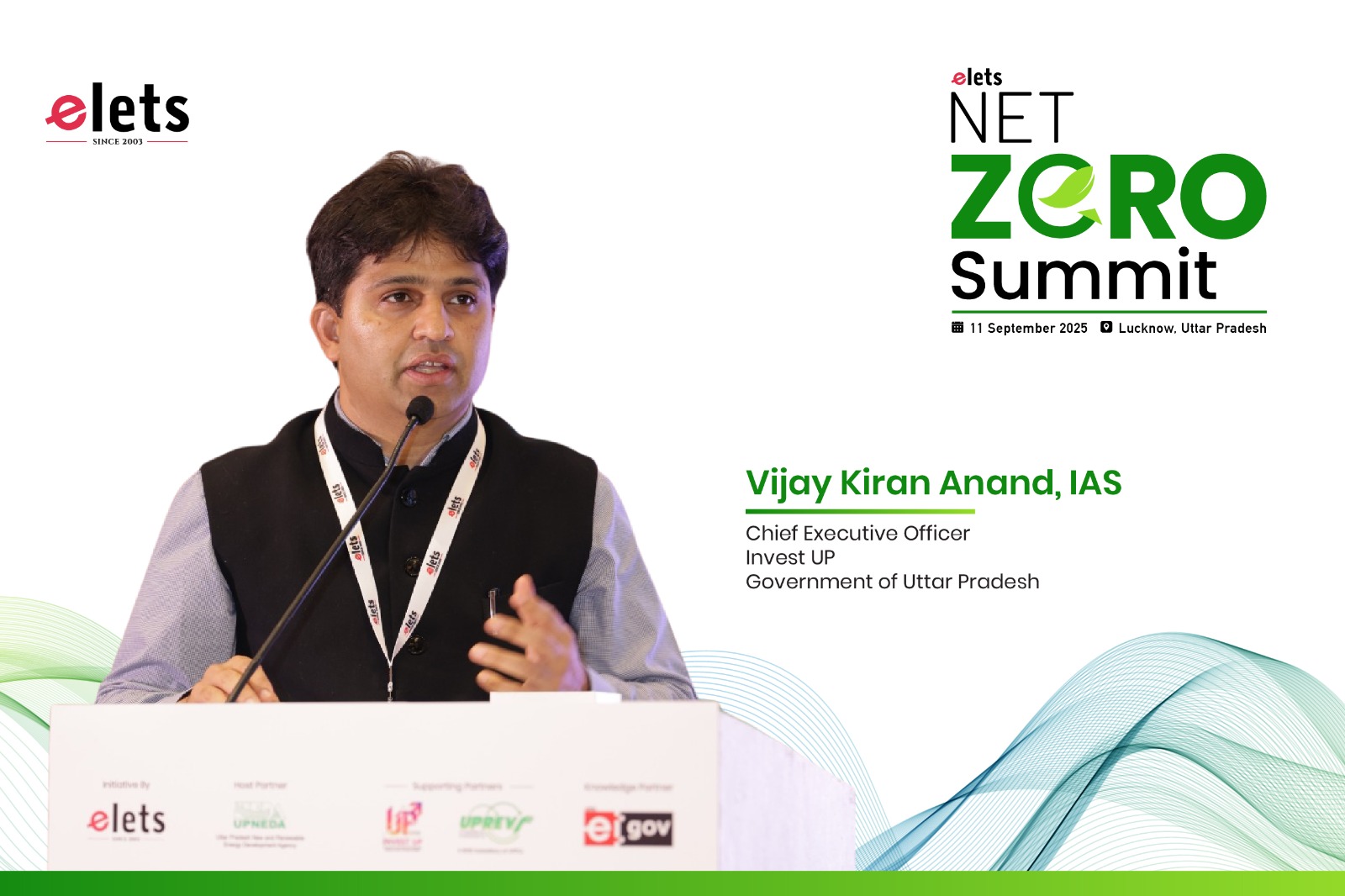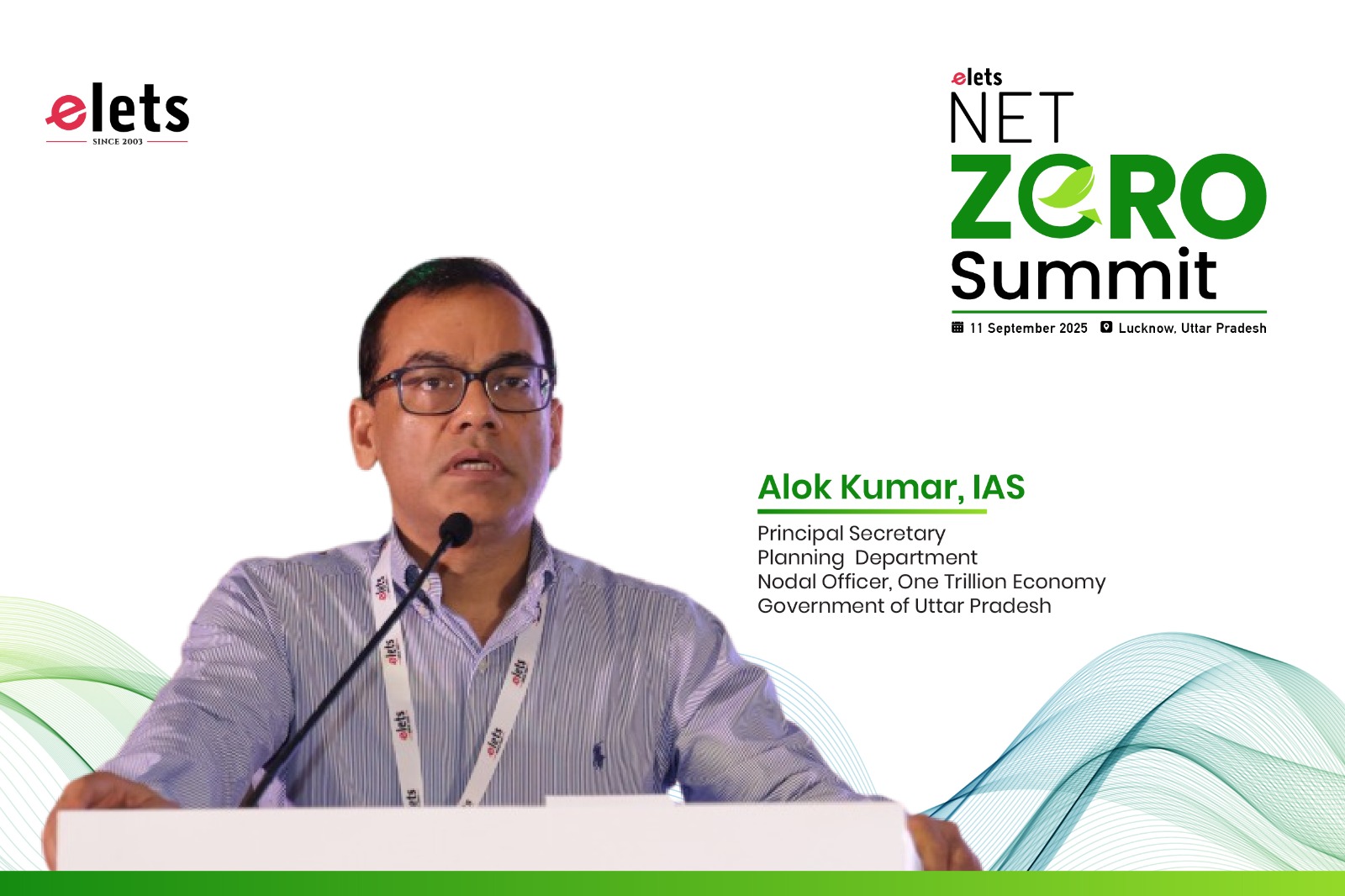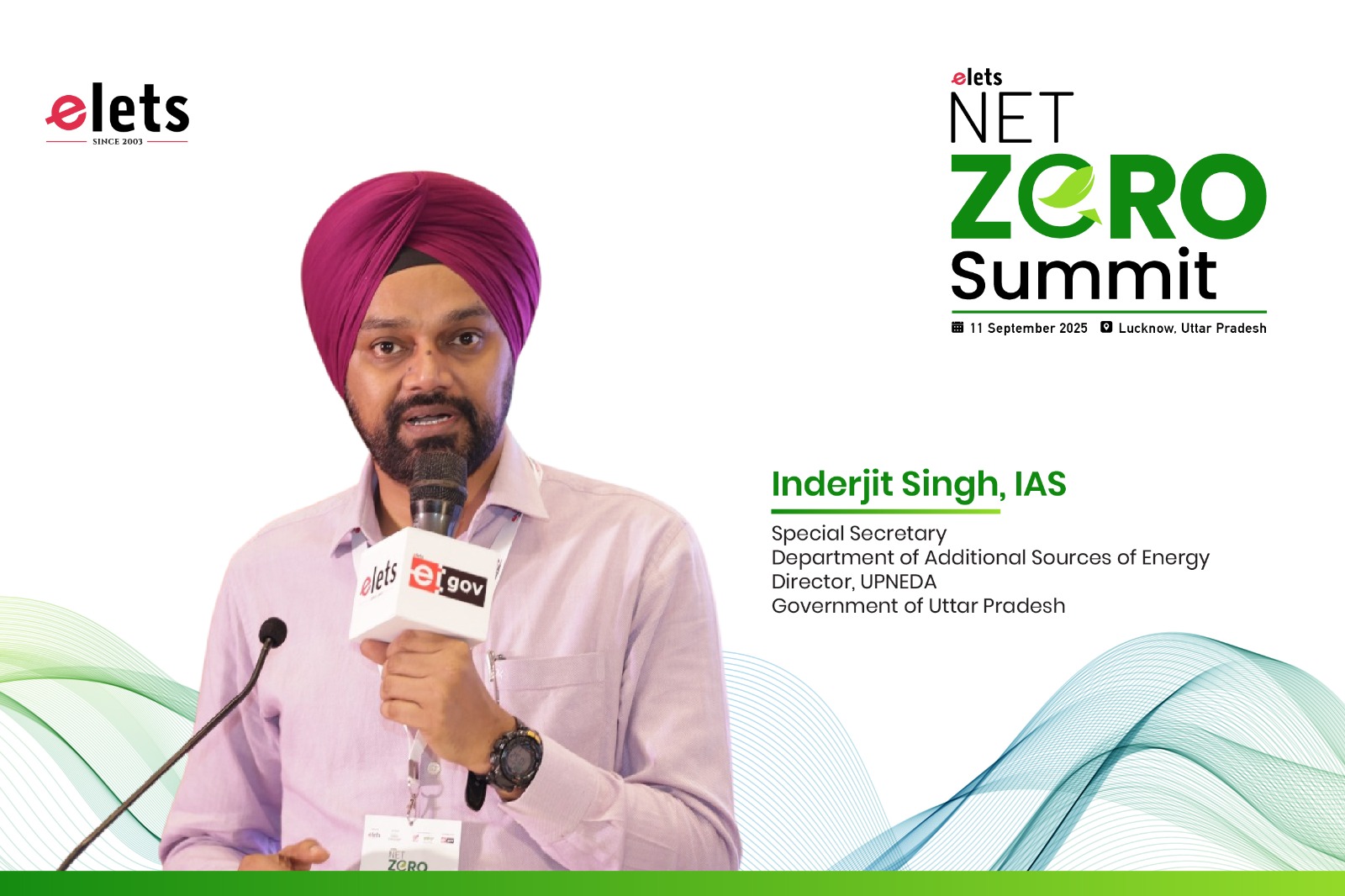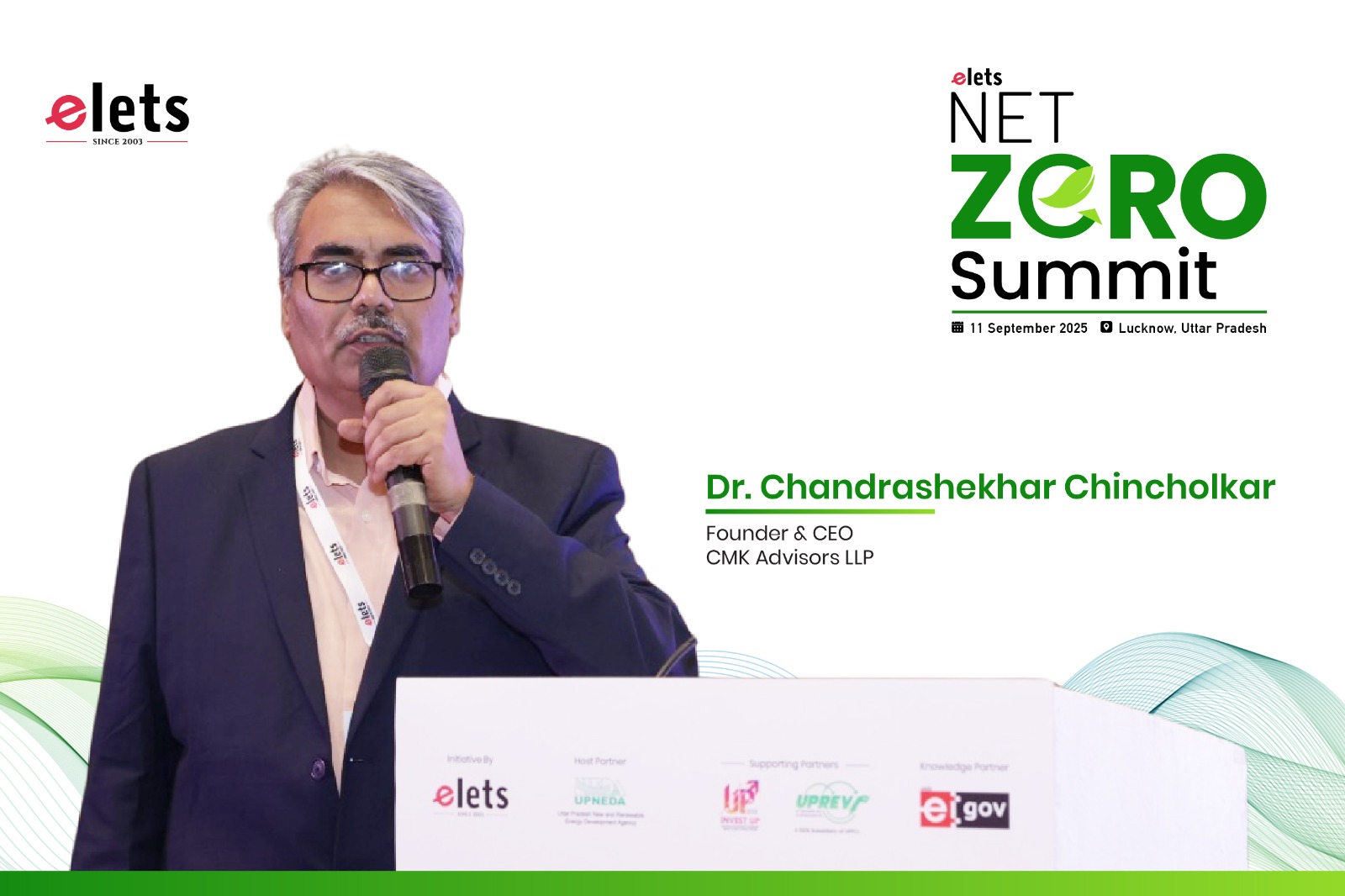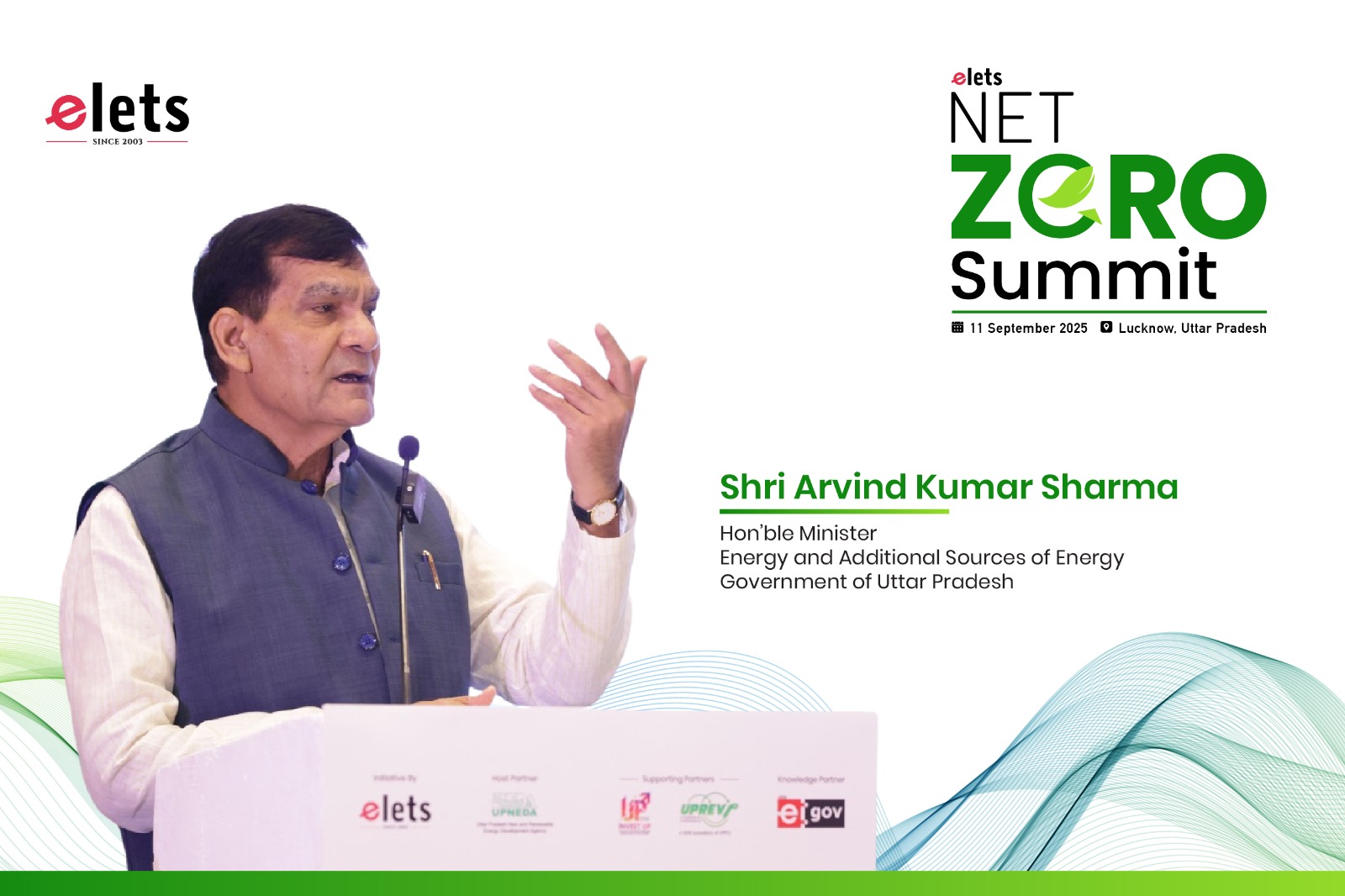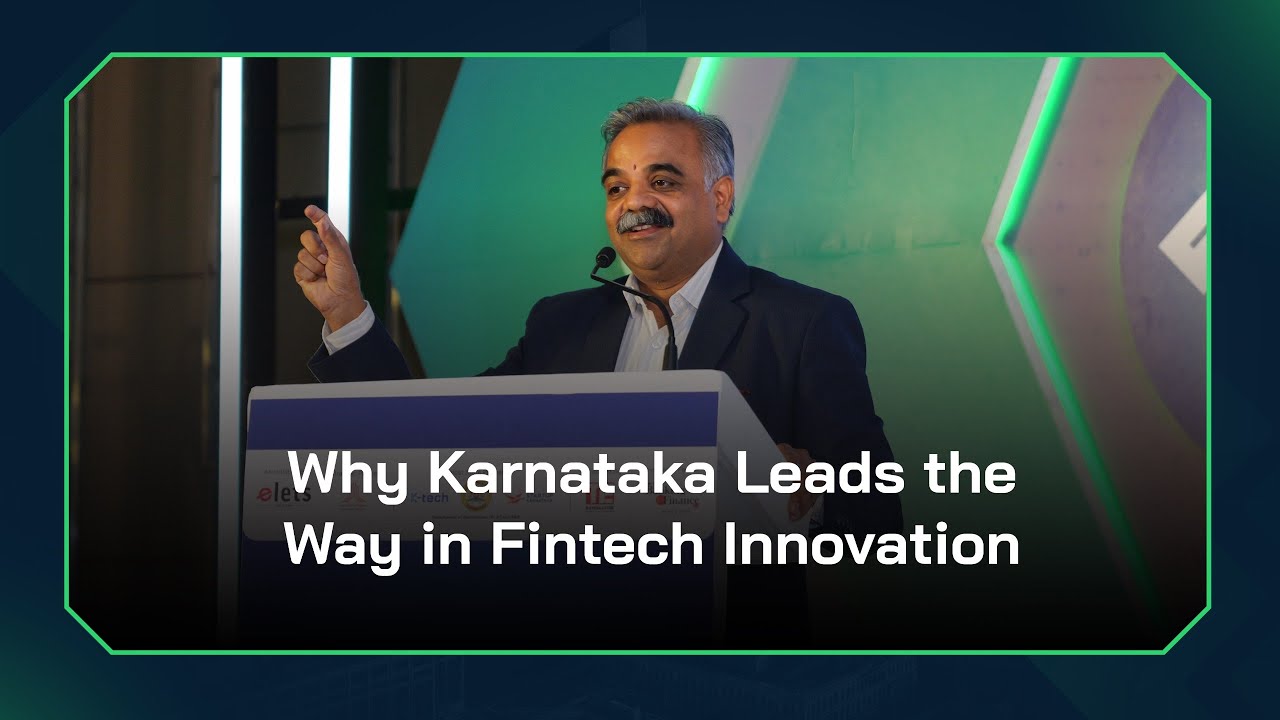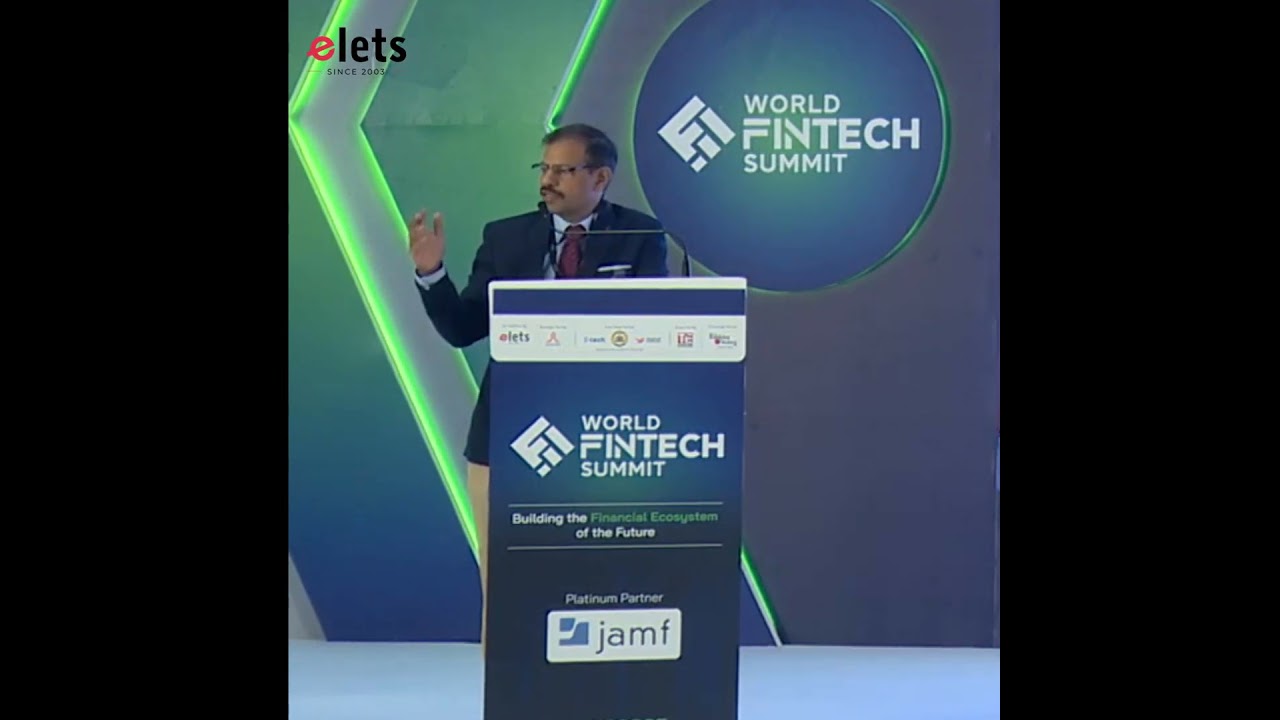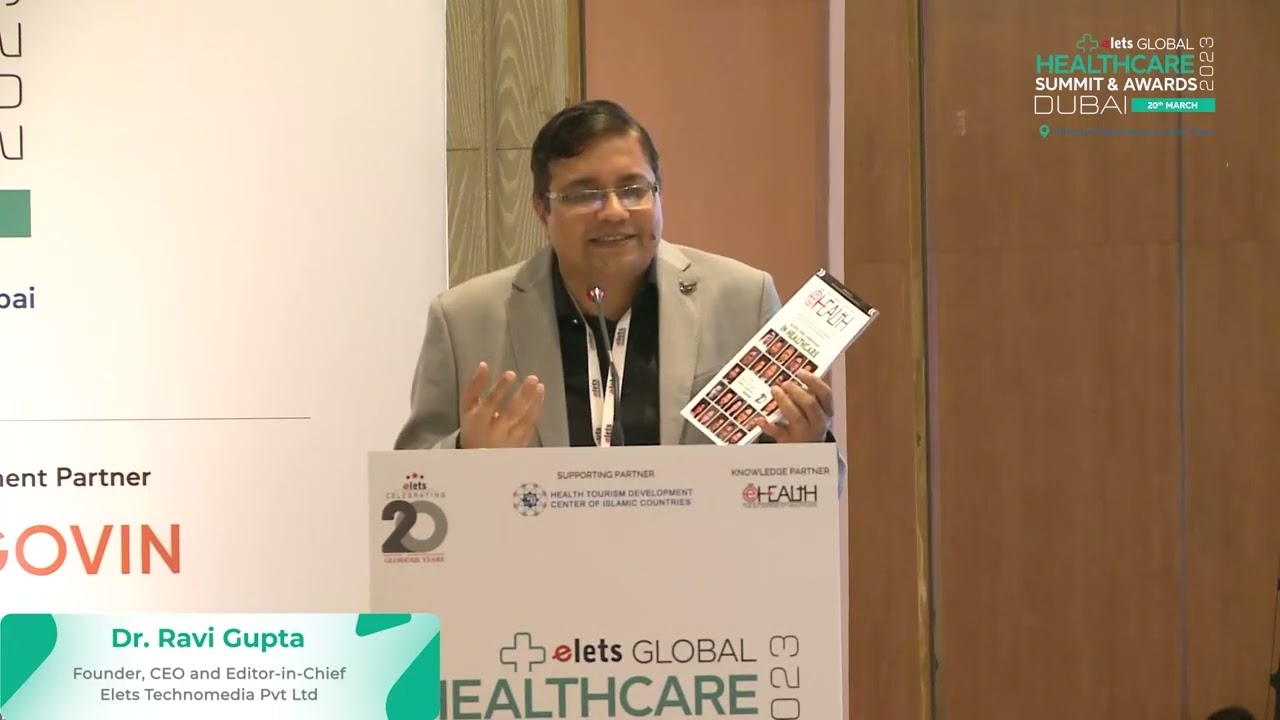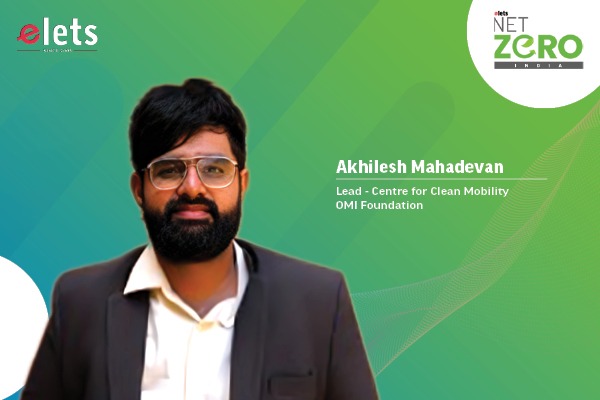
As electric vehicles (EVs) continually gain traction in the Indian market, their increased adoption in the coming years will present significant challenges to power infrastructures. Electric vehicle charging stations (EVCS) primarily rely on plug-in systems at a megawatt scale, necessitating extensive upgrades to existing power infrastructure. This leads to concentrated energy loads, resulting in inefficiencies in the electricity distribution network.
The OMI Foundation, in its latest issue brief titled EVReady India: Unplugging Barriers with Wireless EV Charging, identifies ‘streamlining power infrastructure through distributed charging loads and improved grid management’ as a key benefit of transitioning from traditional plug-in charging systems to a Wireless EV Charging System (WEVCS). By enabling on-the-go charging, WEVCS offers a more efficient approach by distributing the charging load across multiple locations instead of concentrating power demand at a few high-capacity stations. Additionally, WEVCS enables more predictable energy consumption patterns, allowing for optimized charging during periods of lower demand. Further, WEVCS not only seamlessly integrates smart grids and V2G technology but also enhances grid stability by leveraging BESS and microgrids, creating a more resilient and adaptive energy ecosystem. Through mechanisms like time-of-day (ToD) tariffs, EV owners can charge at lower rates and sell excess energy back to the grid during peak demand. This flexibility not only enhances grid stability but also provides an incentive for EV owners, making wireless EV charging a compelling option for the future of sustainable mobility.
Kerala’s commitment towards renewable energy transition
As India accelerates its transition to clean energy, several states are prioritising next-generation renewable solutions to reduce their carbon footprint. Kerala is among the frontrunners in this shift, demonstrating a strong commitment to sustainability. Kerala is dedicated to sustainability, striving to achieve net-zero emissions by 2050 and fulfil its entire energy demand through renewable sources by 2040. According to the Ministry of New and Renewable Energy (MNRE) estimates, the state has made significant progress with 3.6 GW installed capacity of renewable energy (as of January 2025).
However, Kerala generates only 30-35% of its power due to its limited thermal capacity. Kerala supplements its internal power generation by sourcing electricity from central generating stations and private power producers located in other Indian states. These external sources, predominantly coal-based, are secured through long-term agreements to meet the state’s energy needs. This reliance on external power underscores the urgency for Kerala to enhance energy self-sufficiency, particularly as it transitions to renewable sources and moves toward net-zero emissions.
The Agency for New and Renewable Energy Research and Technology (ANERT) has been instrumental in advancing Kerala’s renewable energy landscape, leading initiatives in solar and wind energy. Notably, ANERT has launched the Solar City Project in Thiruvananthapuram, aiming to fulfil the city’s entire power requirements through renewable energy sources. In the realm of wind energy, ANERT has developed Kerala’s first hybrid solar and wind power project in the tribal hamlet of Wayanad. This installation combines 1 kW of solar power with 500 watts of wind energy, providing reliable electricity and a 10-hour battery backup to the community. These pioneering initiatives underscore Kerala’s commitment to a sustainable and self-reliant energy future.
WEVCS allows for seamless integration of smart grids and V2G
In late 2024, the Kerala State Electricity Board (KSEB) embarked on an ambitious project to install 3,00,000 smart meters across the state, aiming to enhance energy efficiency and service delivery through advanced technology. This initiative is a significant stride towards modernising Kerala’s power infrastructure, enabling real-time energy monitoring and more responsive grid management. However, a major challenge persists—balancing intermittent renewable energy with fluctuating electricity demand. This is where wireless EV charging can be a game-changer.
Consider a scenario where Kerala’s public transport is equipped with WEVCS technology. Buses can charge wirelessly at bus stops or designated charging lanes, reducing the necessity for large, centralised charging stations. This distributed charging model alleviates peak load pressures on the grid by spreading energy demand more evenly throughout the day. Moreover, WEVCS, by design, supports bidirectional energy transfer paving the way for efficient V2G applications. This allows for the buses to supply stored energy back to the grid during peak demand periods, effectively functioning as mobile energy storage units.
Also Read :- Escrow Mechanism the way forward for india’s Energy & transport assets/contracts
WEVCS strengthens grid stability through BESS and microgrids
In December 2024, the Solar Energy Corporation of India (SECI) issued a tender to establish a 125 MW/500 MWh standalone Battery Energy Storage System (BESS) in Kerala, aiming to enhance grid reliability and support renewable energy integration. This initiative aligns with Kerala’s commitment to decentralised energy solutions, ensuring efficient storage and dispatch of intermittent renewable sources like solar and wind. Wireless EV charging can significantly enhance the effectiveness of BESS and microgrids by acting as flexible energy consumers and storage units.
Imagine a solar-powered microgrid in a logistics hub in Kerala, equipped with a BESS and integrated with WEVCSenabled electric trucks. During the day, surplus solar energy charges both the BESS and parked e-trucks wirelessly as they load and unload goods. In the evening, when demand peaks, stored energy from the BESS and the e-truck batteries can be dispatched to power warehouse operations, street lighting, and nearby businesses, reducing dependence on the main grid. The wireless nature of this system ensures seamless energy balancing, enabling automated power transfers without the need for complex manual interventions, thereby optimising both logistics and energy efficiency.
Paving the Way Forward
Wireless EV charging, apart from being inherently convenient, presents a transformative opportunity for Kerala to advance its clean energy and transport decarbonisation goals. By embracing WEVCS into its smart grid initiatives, Kerala can not only advance its renewable energy goals but also set a precedent for innovative and sustainable energy solutions in public transportation. By integrating WEVCS with BESS and microgrids, Kerala can create resilient and selfsustaining energy ecosystems and reduce transmission losses and dependence on fossil-fuel-based imports. These technologies pave the way for a more reliable and economically viable clean energy transition.
Views expressed by Akhilesh Mahadevan, Lead – Centre for Clean Mobility, OMI Foundation
Be a part of Elets Collaborative Initiatives. Join Us for Upcoming Events and explore business opportunities. Like us on Facebook , connect with us on LinkedIn and follow us on Twitter, Instagram.
"Exciting news! Elets technomedia is now on WhatsApp Channels Subscribe today by clicking the link and stay updated with the latest insights!" Click here!




